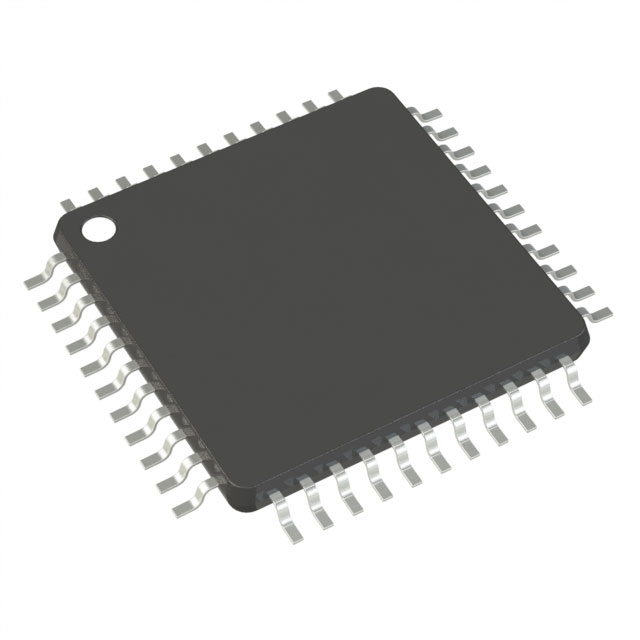

Microchip Technology
PIC32MX210F016D-I/PT
Microcontrollers




.png?x-oss-process=image/format,webp/resize,p_30)


PIC32MX210F016D-I/PT Description
The PIC32MX210F016D-I/PT is a microcontroller unit (MCU) manufactured by Microchip Technology. It belongs to the PIC32MX1XX/2XX family of microcontrollers, which are based on the 32-bit MIPS architecture.
Description:
The PIC32MX210F016D-I/PT is a 28-pin QFN package microcontroller with 16KB of Flash memory, 1KB of SRAM, and 256 bytes of EEPROM. It operates at a core frequency of up to 40MHz and has a wide operating voltage range of 2.0V to 3.6V. The device also features a 10-bit ADC, two PWM channels, and a UART for communication.
Features:
- 32-bit MIPS architecture for high performance and low power consumption.
- 16KB of Flash memory for program storage.
- 1KB of SRAM for data storage and program execution.
- 256 bytes of EEPROM for non-volatile data storage.
- 10-bit ADC with up to 13 channels for analog input conversion.
- Two PWM channels for generating pulse-width modulated signals.
- UART for serial communication with other devices.
- Wide operating voltage range of 2.0V to 3.6V.
- Core frequency of up to 40MHz.
- Small 28-pin QFN package for space-constrained applications.
Applications:
The PIC32MX210F016D-I/PT is suitable for a wide range of applications due to its high performance, low power consumption, and versatile features. Some potential applications include:
- Industrial control systems for monitoring and controlling various parameters in manufacturing processes.
- Home automation systems for controlling lighting, heating, and security systems.
- Medical devices for monitoring vital signs and delivering therapeutic treatments.
- Portable electronic devices such as fitness trackers, smartwatches, and portable media players.
- Automotive systems for controlling various functions such as engine management, safety systems, and infotainment systems.
- IoT devices for data acquisition, processing, and communication in smart home, industrial, and agricultural applications.
Overall, the PIC32MX210F016D-I/PT is a versatile and powerful microcontroller that can be used in a wide range of applications where high performance, low power consumption, and a compact form factor are required.
Tech Specifications
PIC32MX210F016D-I/PT Documents
Download datasheets and manufacturer documentation for PIC32MX210F016D-I/PT
 PIC32MX1XX/2XX 28/36/44
PIC32MX1XX/2XX 28/36/44  Bond Wire 12/Feb/2020
Bond Wire 12/Feb/2020  PIC32MX1xx/2xx 28/36/44-PIN PIC32 Microcontroller Brochure
PIC32MX1xx/2xx 28/36/44-PIN PIC32 Microcontroller Brochure  MBB/Label Chgs 16/Nov/2018 Label and Packing Changes 23/Sep/2015
MBB/Label Chgs 16/Nov/2018 Label and Packing Changes 23/Sep/2015  PIC32MX210F016D Development Tool Selector
PIC32MX210F016D Development Tool Selector  PIC32MX1xx/2xx 28/36/44-PIN PIC32 Microcontroller Brochure
PIC32MX1xx/2xx 28/36/44-PIN PIC32 Microcontroller Brochure  PIC32MX1XX/2XX 01/Oct/2019 Errata/Datasheet Update 31/Jul/2015
PIC32MX1XX/2XX 01/Oct/2019 Errata/Datasheet Update 31/Jul/2015  Microchip CA Prop65 Microchip RoHS Microchip REACH
Microchip CA Prop65 Microchip RoHS Microchip REACH Relevant Search
Shopping Guide














.png?x-oss-process=image/format,webp/resize,h_32)










